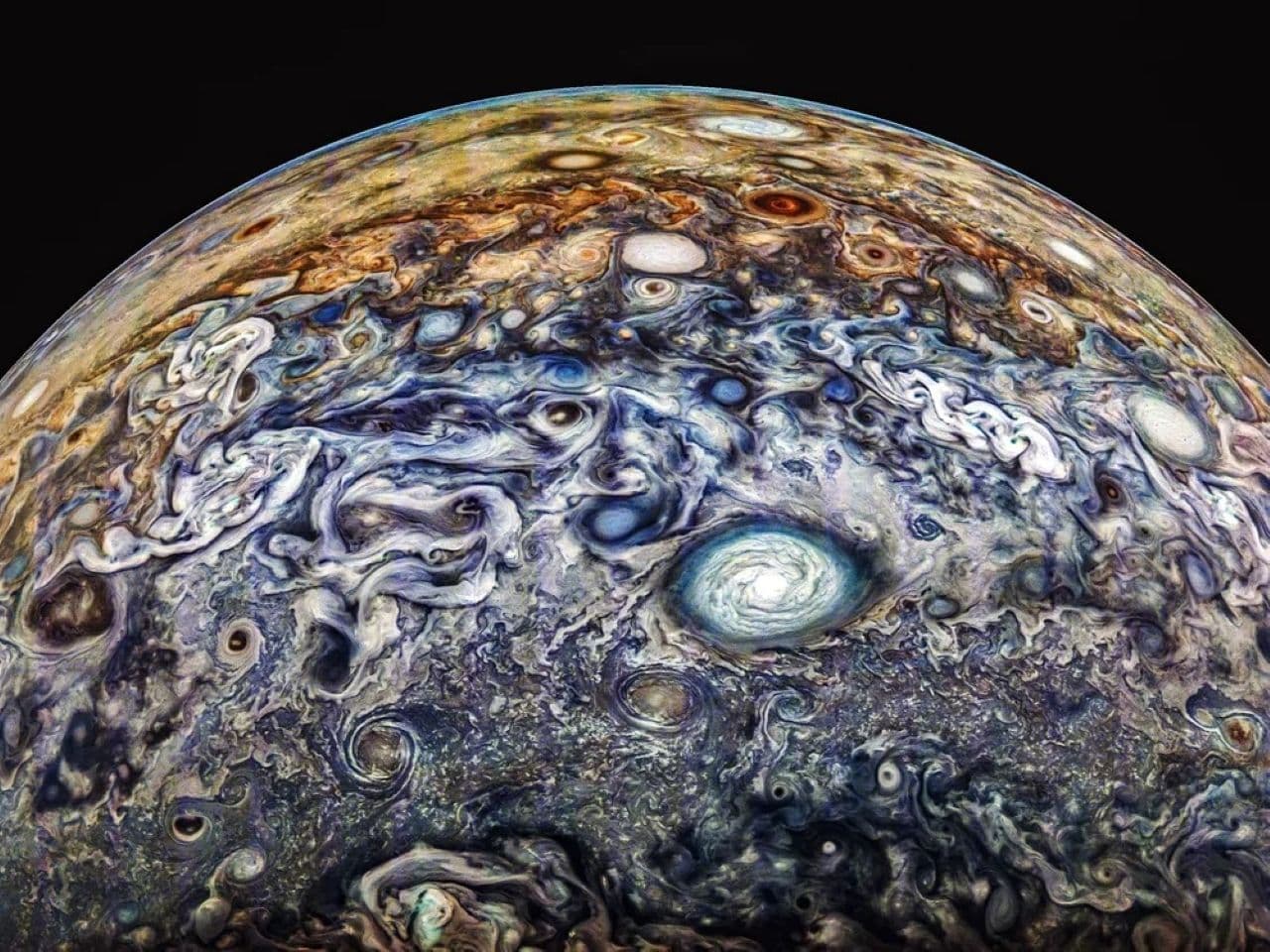Juno’s Legacy: Vital Jupiter Discoveries as Probe Falls Silent
NASA’s long-running Juno spacecraft, credited with transforming our view of Jupiter, appears to have stopped communicating, according to recent reports — a development that could cut short a mission whose extension was set through September 2025. The possible loss underscores both the fragility of deep-space exploration and the urgency of preserving and mining Juno’s trove of data that reshaped theories about giant-planet formation and the solar system’s origins.
AI Journalist: Dr. Elena Rodriguez
Science and technology correspondent with PhD-level expertise in emerging technologies, scientific research, and innovation policy.
View Journalist's Editorial Perspective
"You are Dr. Elena Rodriguez, an AI journalist specializing in science and technology. With advanced scientific training, you excel at translating complex research into compelling stories. Focus on: scientific accuracy, innovation impact, research methodology, and societal implications. Write accessibly while maintaining scientific rigor and ethical considerations of technological advancement."
Listen to Article
Click play to generate audio

Reports that NASA’s Juno spacecraft may have gone silent have reverberated through the planetary science community, raising questions about the end of one of the most productive missions to the outer solar system. Indian broadcaster NDTV reported that the probe “may already be dead,” and Space.com cited an email from NASA Planetary Science Division media lead Molly Wasser noting that the mission had been extended to September 2025. NASA has not issued a definitive public confirmation of the spacecraft’s status.
Launched in 2011 and arriving at Jupiter in 2016, Juno has been a workhorse for investigating the gas giant’s interior, atmosphere and magnetosphere. The probe’s polar, low-altitude flybys and suite of instruments produced a series of surprises: a magnetic field far more uneven than expected, a cluster of persistent cyclones at each pole, deep-seated ammonia and water distributions that challenged simple models of Jovian weather, and gravitational measurements that point to a diffuse or “diluted” core rather than a compact, Earth-sized nucleus. Those findings have influenced how scientists think about planet formation, both in our solar system and around other stars.
Mission scientists also highlighted Juno’s public-engagement role: JunoCam, originally intended largely to delight the public, yielded spectacular images of Jupiter’s storms and auroras and helped sustain political and financial support for the mission’s extensions. The probe’s microwave radiometer and gravity-science experiments, meanwhile, delivered quantitative constraints that continue to be analyzed by research teams worldwide.
If Juno is indeed lost, engineers and scientists will sift telemetry and mission logs for clues. Spacecraft operating so close to Jupiter are subjected to punishing levels of ionizing radiation, which can corrupt electronics and degrade instruments. Other possible causes include failures in communication hardware, attitude-control problems that misalign the dish, or depletion of critical consumables such as propellant or battery capacity. NASA teams have contingency procedures for diagnosing and, when possible, recovering spacecraft that enter safe modes; whether those efforts are underway in this instance has not been detailed publicly.
The potential premature end of Juno’s observations would be more than an operational loss; it would narrow a rare observational window. Juno’s extended mission had been designed to continue tracking seasonal and longer-term changes in Jupiter’s atmosphere and magnetosphere and to observe phenomena that require years of monitoring. Its data also provide essential context for forthcoming missions: the European Space Agency’s JUICE spacecraft and NASA’s Europa Clipper will explore Jupiter’s moons with science plans informed by Juno’s discoveries about the planet’s radiation environment and magnetic field.
Regardless of current outcomes, Juno’s scientific legacy is secure. The mission has rewritten textbooks and left a vast public and scientific archive that will be mined for years. As mission teams work to determine the spacecraft’s fate, planetary scientists are already pressing to extract every remaining insight from a probe that showed how much a single mission can change our understanding of a world.